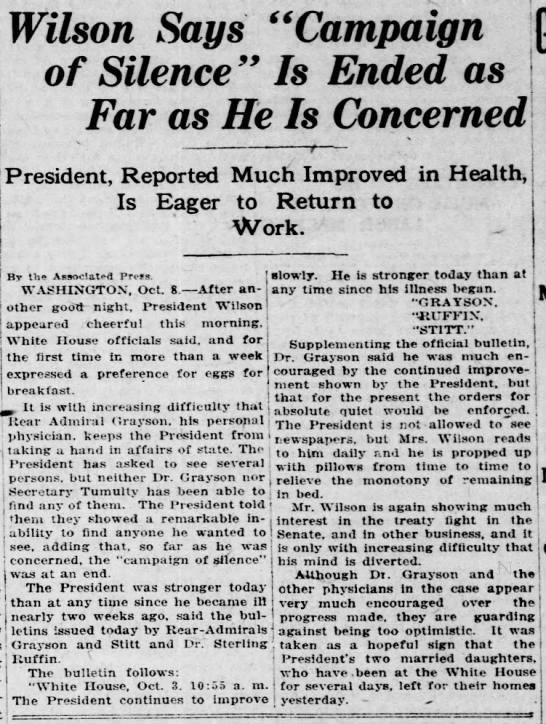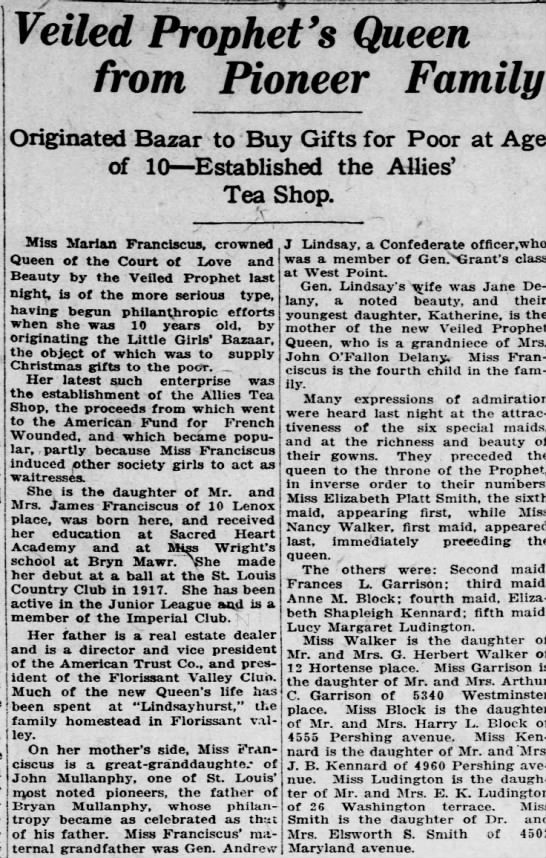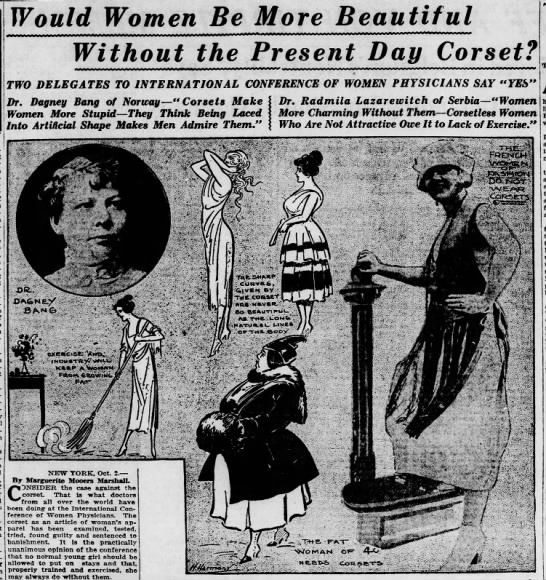Some quilts are so precious they are folded away and stored in a closet or a cedar chest.
 |
| Dresden Plate made by Carrie Bobb, my great-aunt |
 |
| Single Wedding Ring made by Harriet Scoville Nelson, my husband's great-great-grandmother, stored in a cedar chest |
Every quilt is also the product of its creator's love of beauty and design, a tactile work of art, the quilter selecting colors and prints and designs.
 |
| Never used quilt purchased at a flea market made by a Detroit quiltmaker |
Quilts can be born out of frugality, using up and preserving, fabrics, like the first quilt my mother-in-law made for my husband to take to college using fabric scraps from curtains and pajamas and clothing she had made. Quilts are no longer items of necessity as during the Depression, a need to repurpose precious fabrics for warmth. But we love fabrics that come with a memory.
 |
| Scrap quilt made by my mother-in-law for my husband |
 |
| Family photo quilt I made for my father |
 |
| My third quilt was made for my son |
 |
| With my quilt, I Will Lift My Voice Like a Trumpet, featuring women Abolitionists and Civil Rights leaders, at 2013 AQS Grand Rapids, MI |
 |
| My latest quilt The Bronte Sisters uses Jane Sassaman fabrics From my series of quilts celebrating literature |
Quilts are created for joy, and for protest. They are vehicles for self-expression, sharing what we love and what we fear. Quilts are personal and they are communal. They are to be used today and to be preserved for future generations.
No one description can explain a quilt.
 |
| detail of a quilt from Detroit, MI found at a flea market |
*****
Thomas Knauer grew up in Amish country, an area associated with quilting, but his first personal encounter with quilts was the AIDS Memorial Quilt, opening his eyes to the many uses quilting can assume. A contract to design quilting fabric finally led him to make his first quilt. Knauer learned first hand of the power of quilts when he gave that quilt to his daughter, whose reaction of excitement and love impelled him to make more quilts.Knauer's protest quilts make us uncomfortable. Like the Trayvon Martin quilt based on a shooting target, Tea and Skittles and the Sunbonnet Sues carting AK-47s in One Child is too Many. I personally respond to quilts of protest as much as respond to antique quilts or contemporary quilts made to be used.
 |
| from Playing With a Purpose by Victoria Findlay Wolfe my review here |
Knauer writes with love and emotion of the history of quilting, sharing antique and contemporary quilt photographs.
 |
| Joe Cunningham at CAMEO Quilt Guild |
- We Quilt to Connect with a Rich Tradition: The roots of American quilting
- We Quilt to Explore and Express our Creativity: The maturation of quilting
- We Quilt to Move Beyond Modern Consumer Culture: The Introduction of Standardization
- We Quilt to Create a Connection with Loved Ones: Other voices in American quilting
- We Quilt to Change the World: The role of signature quilts in reform movements
- We Quilt Because We Can--and Because We Cannot Help but Do So: The American Bicentennial and Quilting's great revival
Why We Quilt is a beautiful book. There is a wonderful diversity and range of quilts and quilters. Quiltmakers will find kindred spirits. As a quiltmaker who loves both traditional and antique quilts and contemporary quilts, especially those that address contemporary issues of justice, I found much to enjoy. Each time I open the book I find something to inspire.
In the end, what draws me to quilts--and indeed what I think makes them relevant in the twenty-first century--is the sense that quilts are an archaic item that's no longer materially necessary. Today quilting is neither an expected practice nor a basic practicality; it is a conspicuous choice. Quilts are not about material need but instead fulfill other needs, personal needs that are unique to each quilter. For me quilts offer a vehicle for protest, a means for venting my outrage. For others they offer a step away from the same world my quilts comment upon. Either way, I think quilts remain relevant and will continue to do so, precisely because we do not need them but rather want them. ~ from Why We Quilt by Thomas KnauerI received access to a free ebook from the publisher through NetGalley in exchange for a fair and unbiased review.
Find Thomas Knauer's blog here
Learn more about Knauer's career at Thomas Knauer
Read about Knauer's previous book The Quilt Design Coloring Book here
Why We Quilt
by Thomas Knauer
Storey Publishing
October 15, 2019
Price: $29.95 Hardback
ISBN: 9781635860337






































